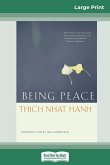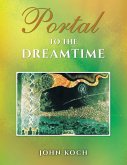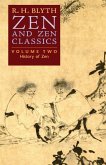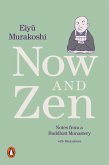2020 Reprint of the 1953 Edition. Exact facsimile of the original edition and not reproduced with Optical Recognition Software. Up to the time of publication, "this was the only book written by a westerner, and indeed the only book in a western language that describes the difficult path of learning Zen. A simple, vivid account of personal experience, it may well serve to mitigate the "unspeakable queerness" of Zen to the average westerner-to make the kicks and shouts of the Zen patriarchs seem less like the behavior of lunatics. Students of Japanese culture, too, will find that it sheds much light on the way in which art and religion have been traditionally blended." New Statesman Herrigel's book may have inspired Tim Gallwey's 1974 book The Inner Game of Tennis. Both Herrigel and Gallwey approach sport and life as opportunities for learning inner cooperation. Zen in the Art of Archery also relates to the "inner child" idea in humanistic psychology. This work most likely inspired the titles of many other works, either directly or indirectly. Foremost among these is Robert Pirsig's Zen and the Art of Motorcycle Maintenance. J. D. Salinger's fictional character Seymour Glass applied one aspect of Zen archery-aiming by deliberately not taking aim-to playing the children's game of marbles. The wider theme of many of these works is that a regular routine can have a spiritual dimension.








